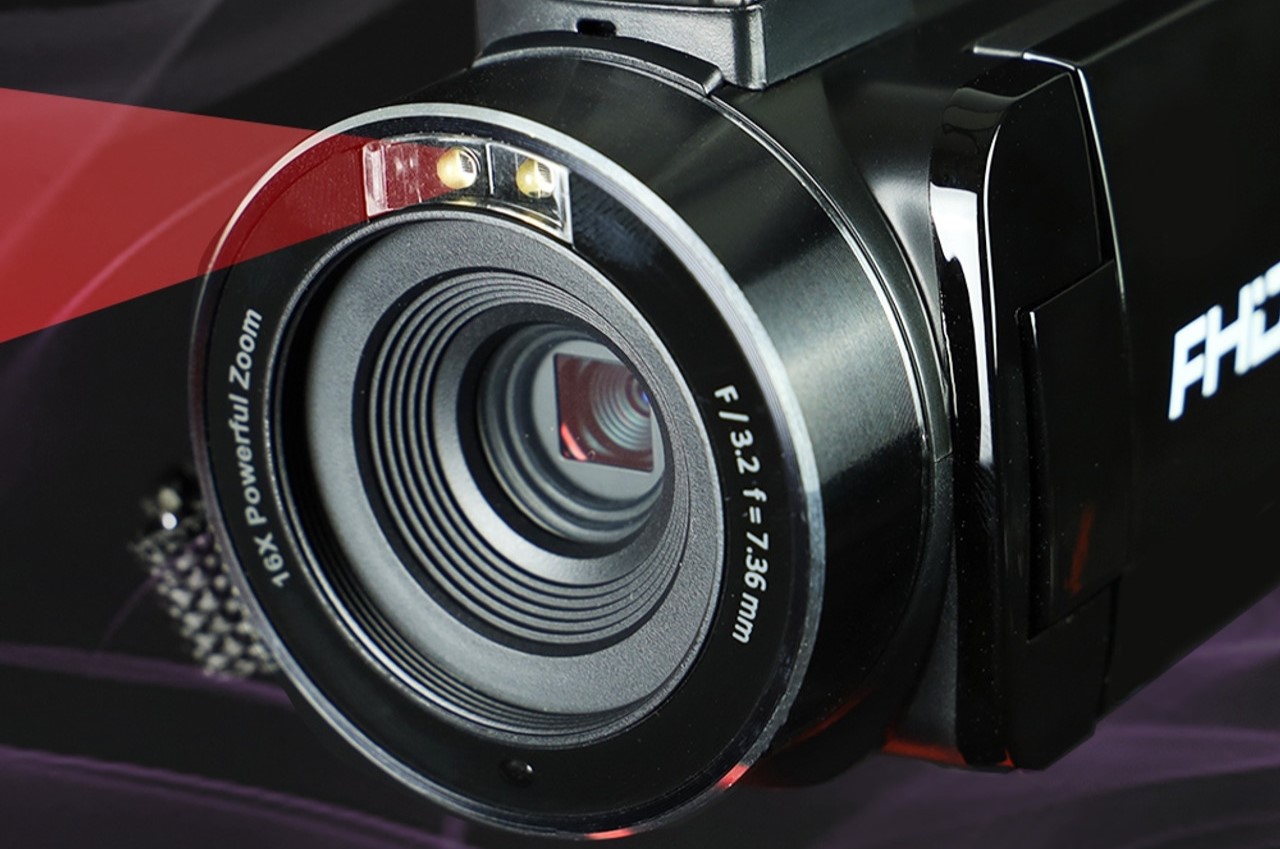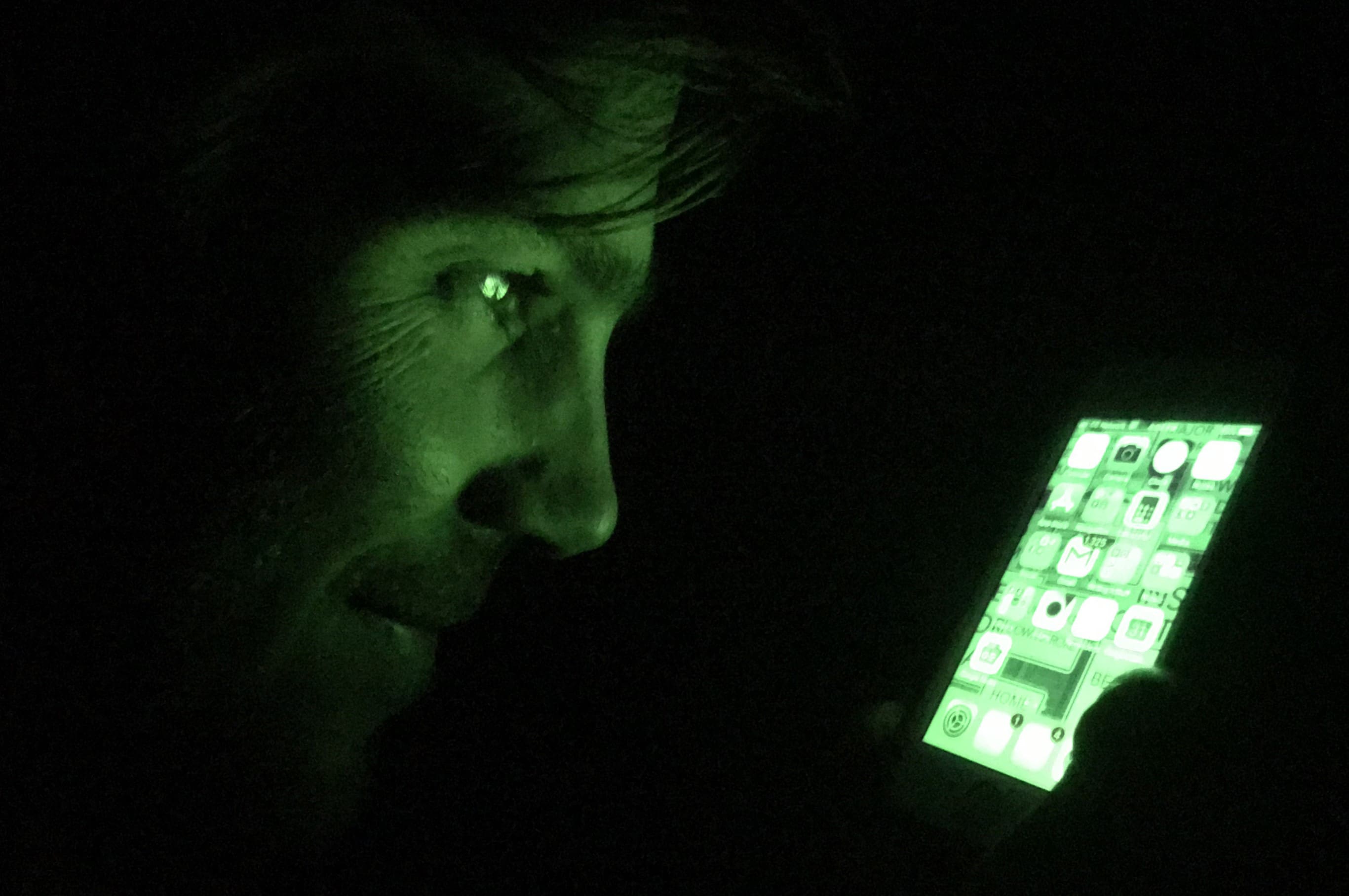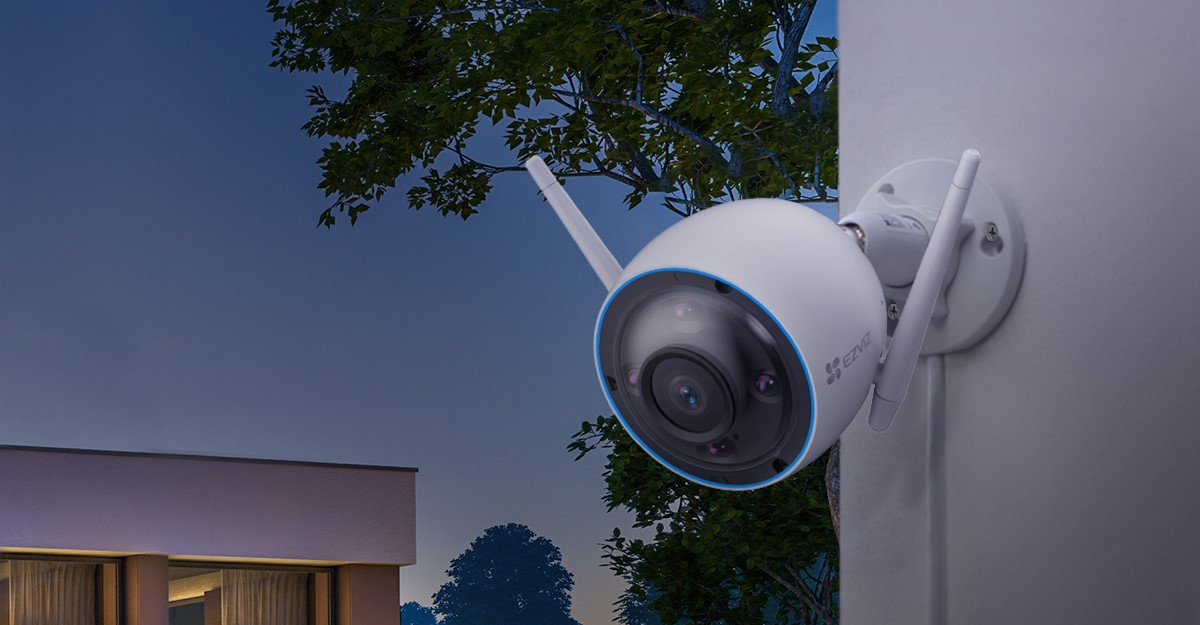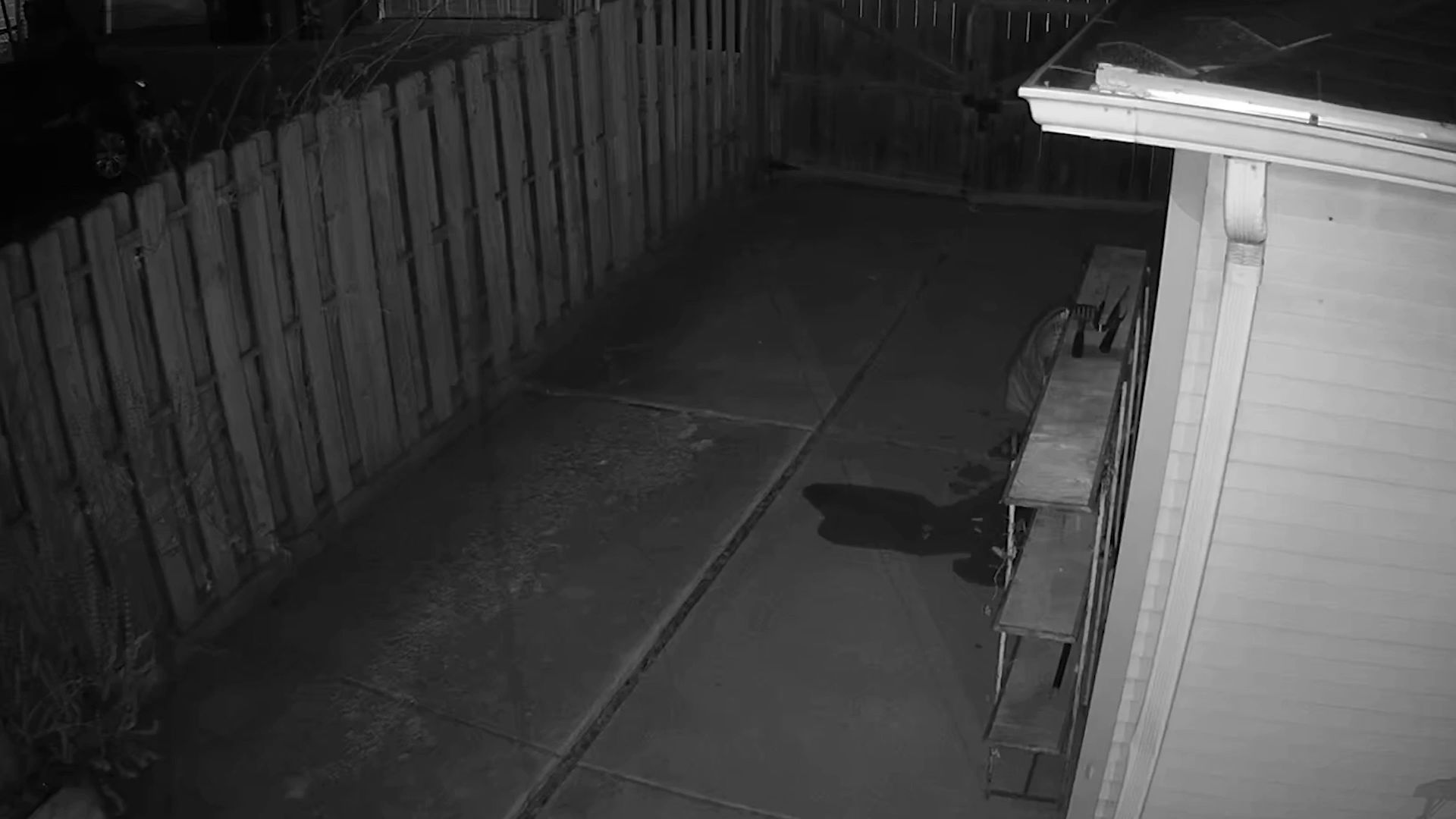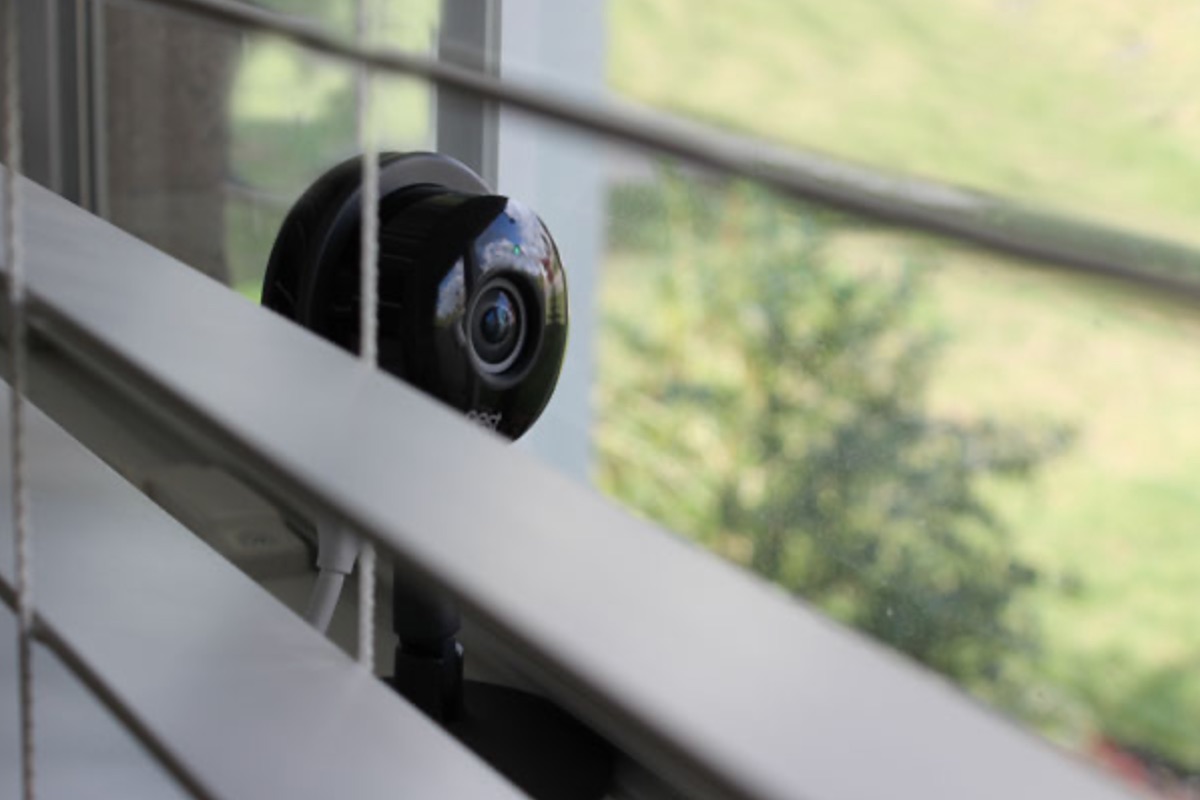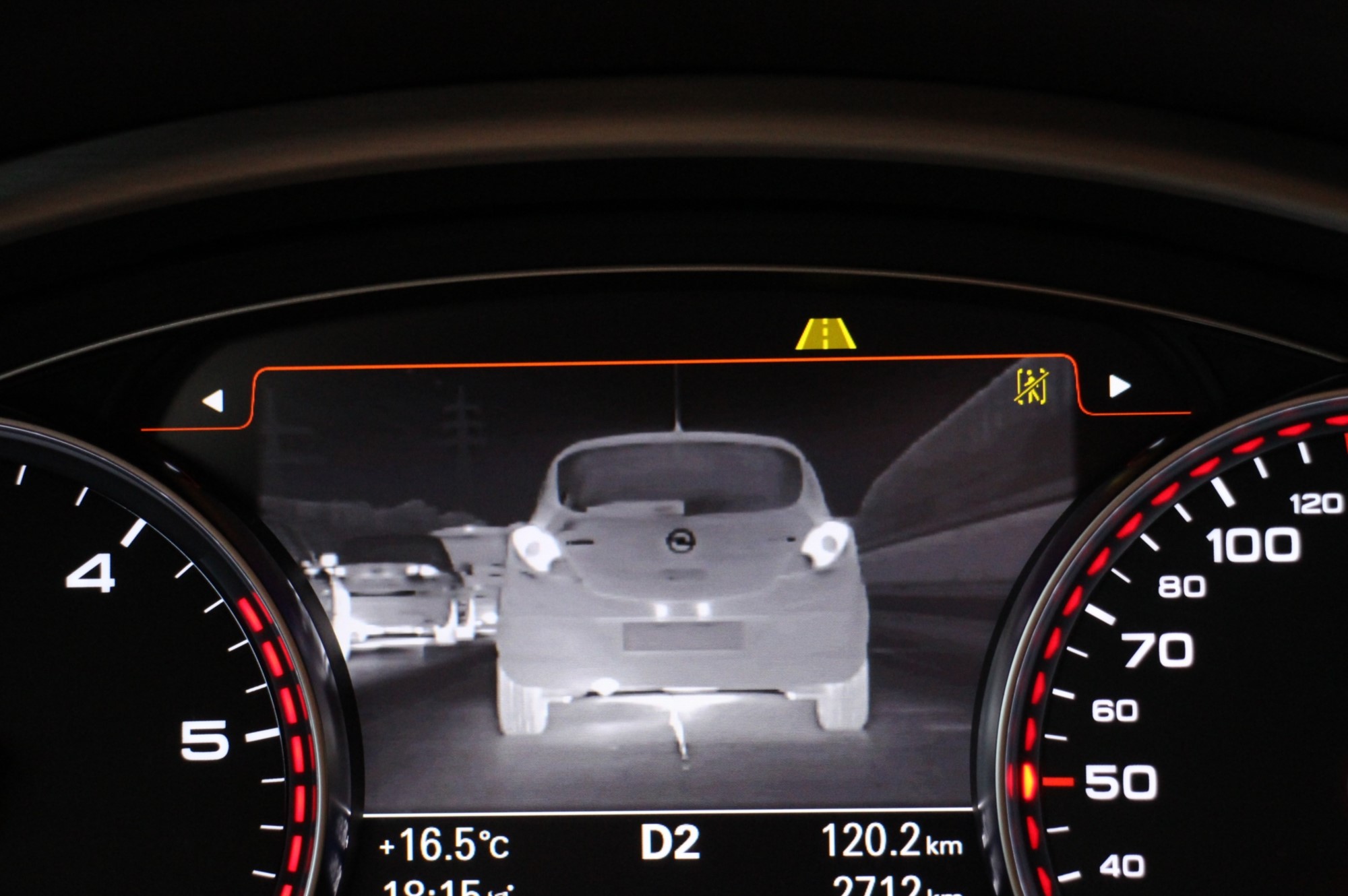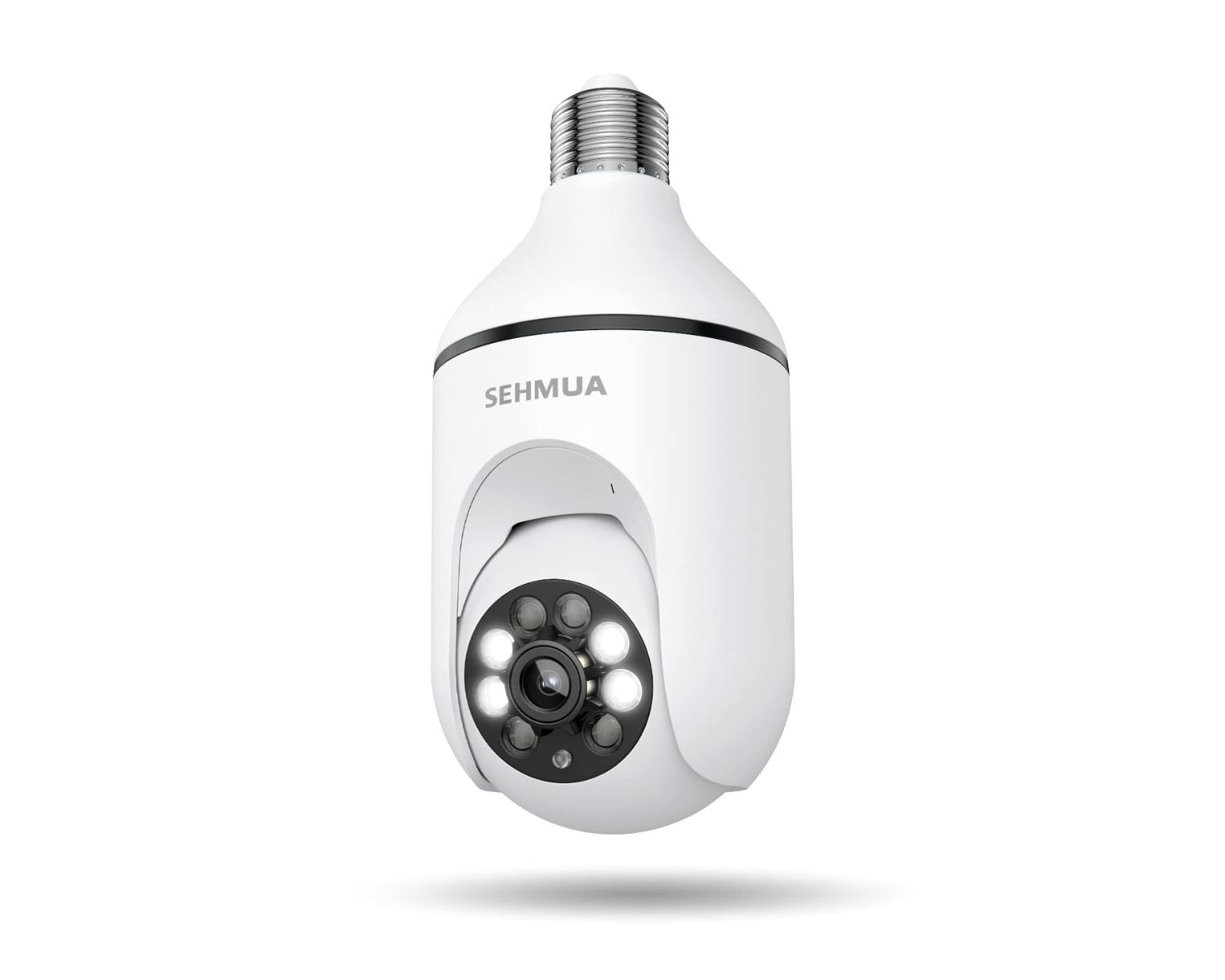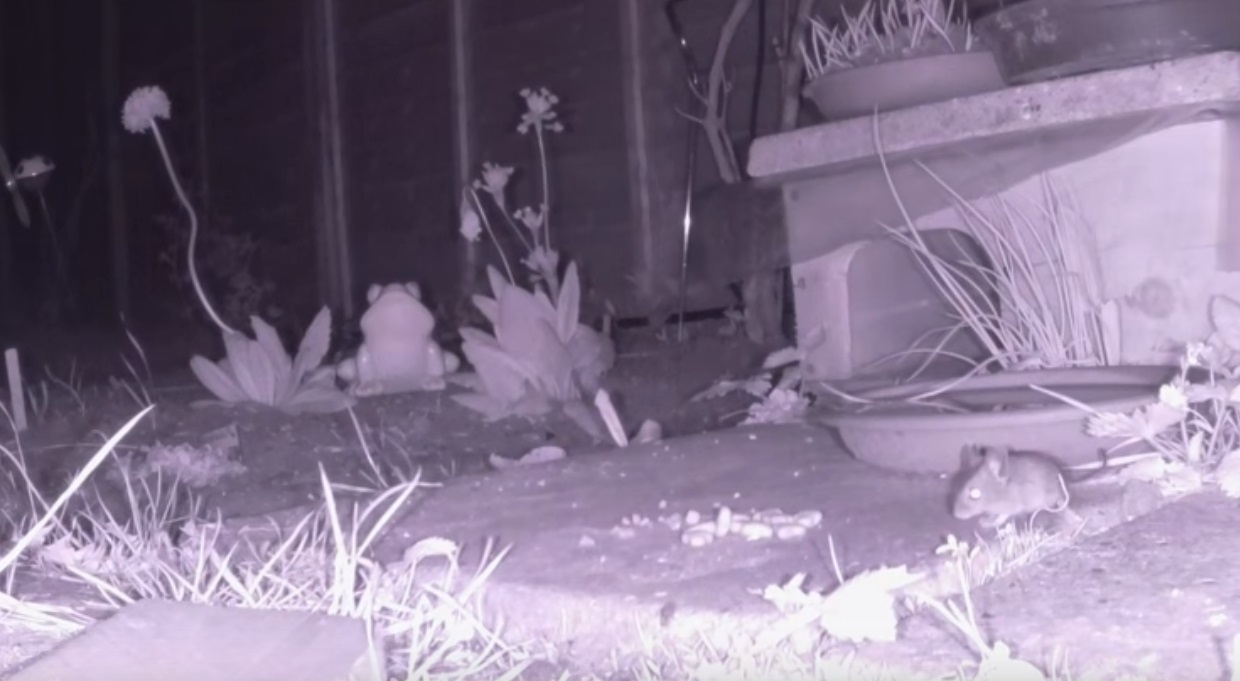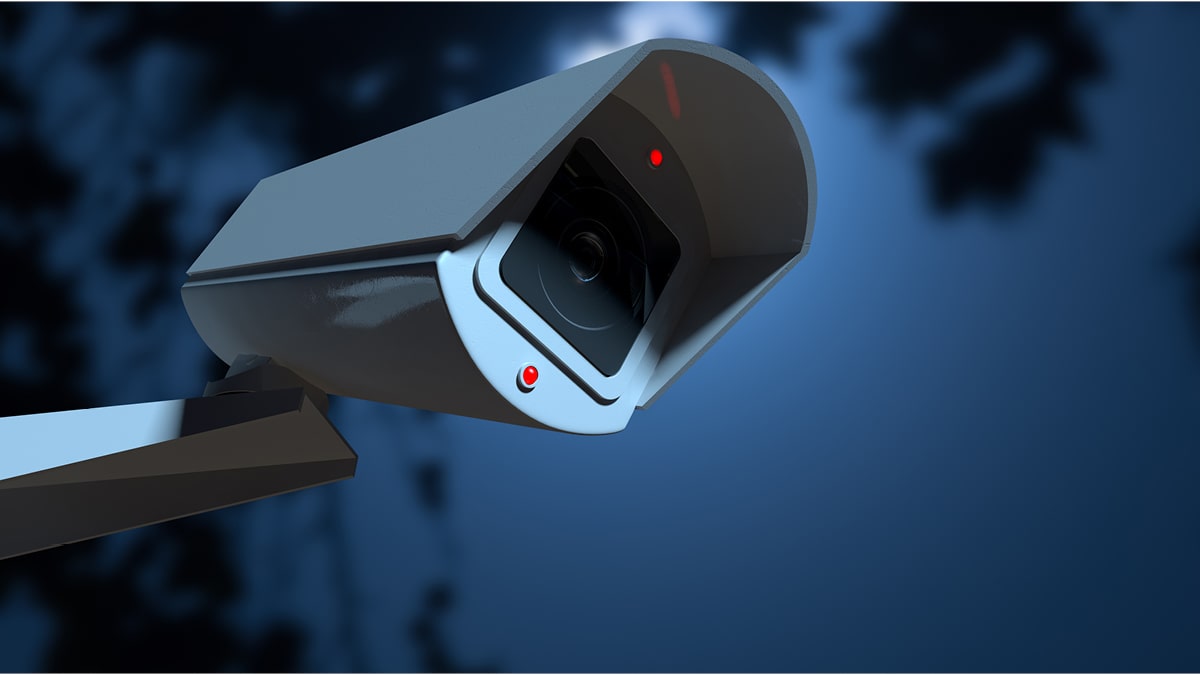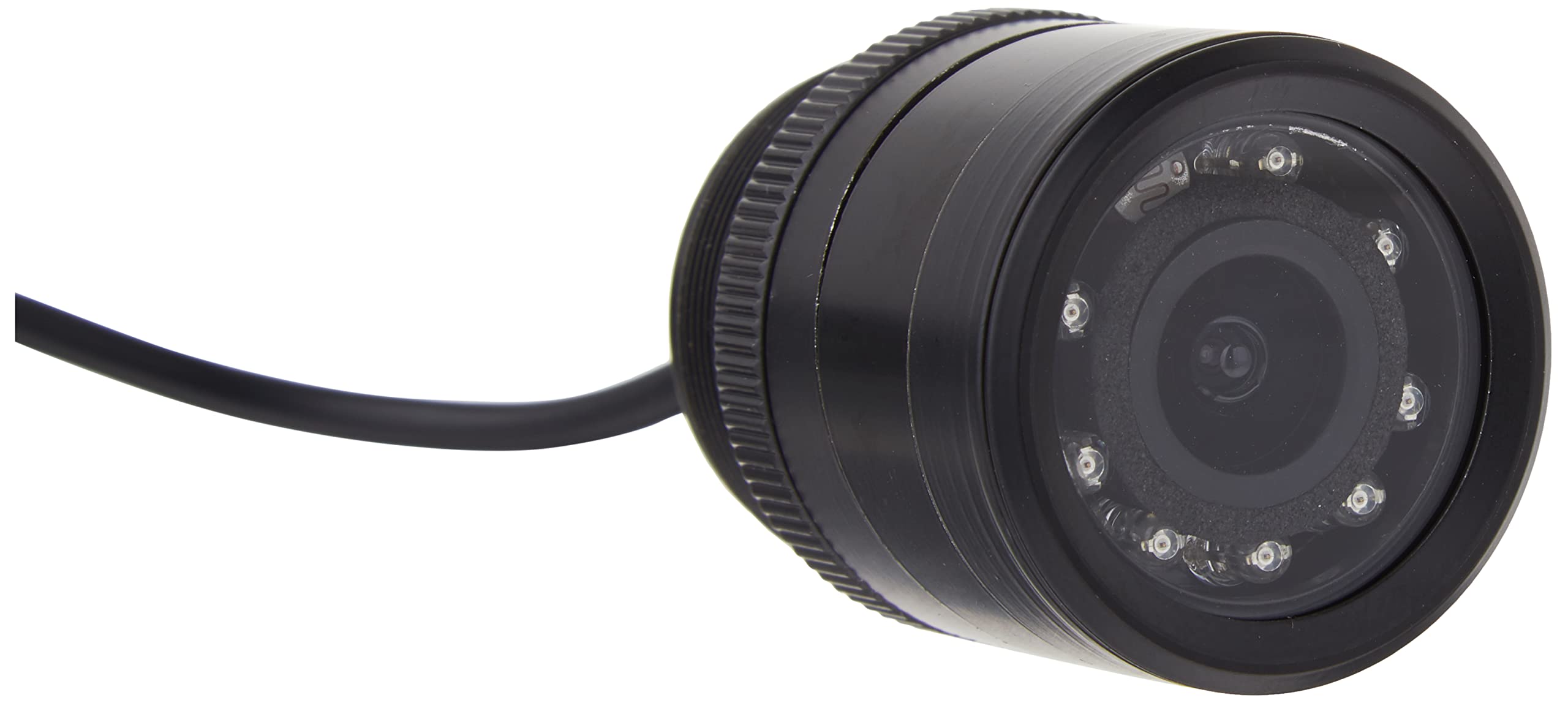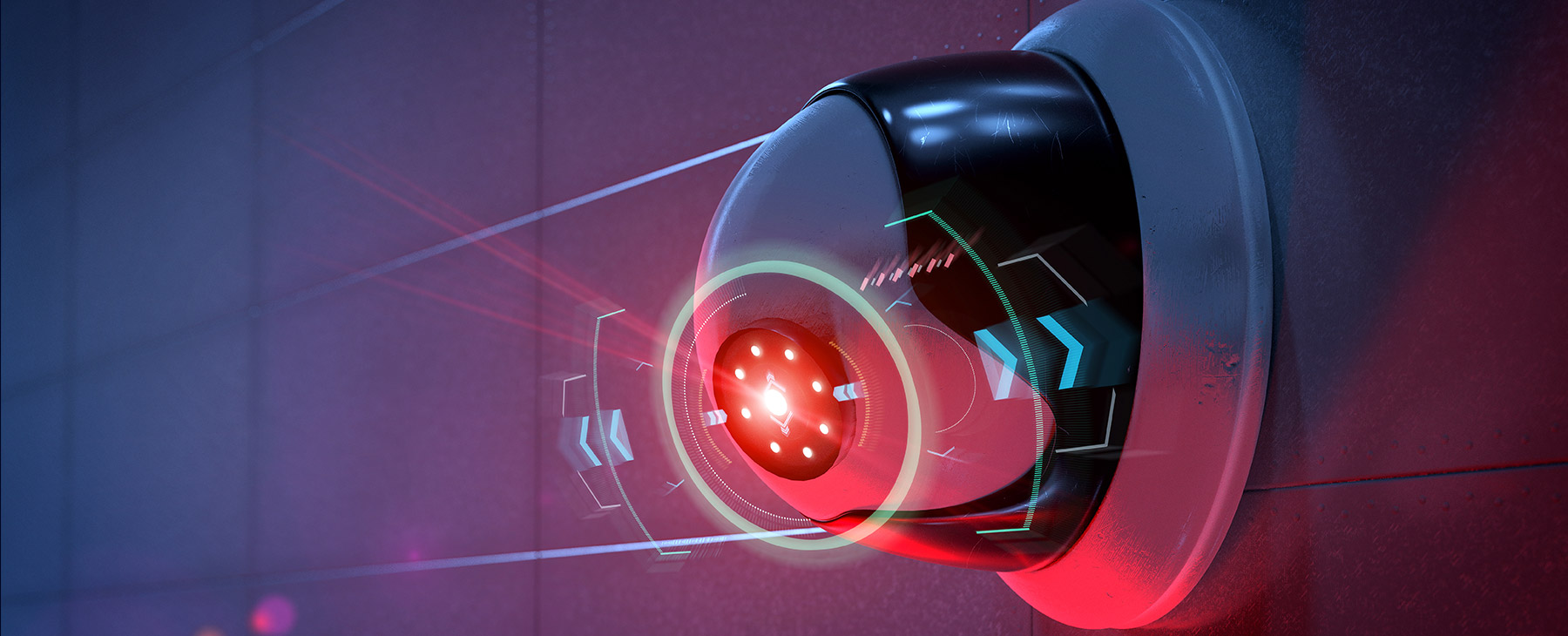Home>Home Security and Surveillance>How To Detect Night Vision Camera In A Theatre
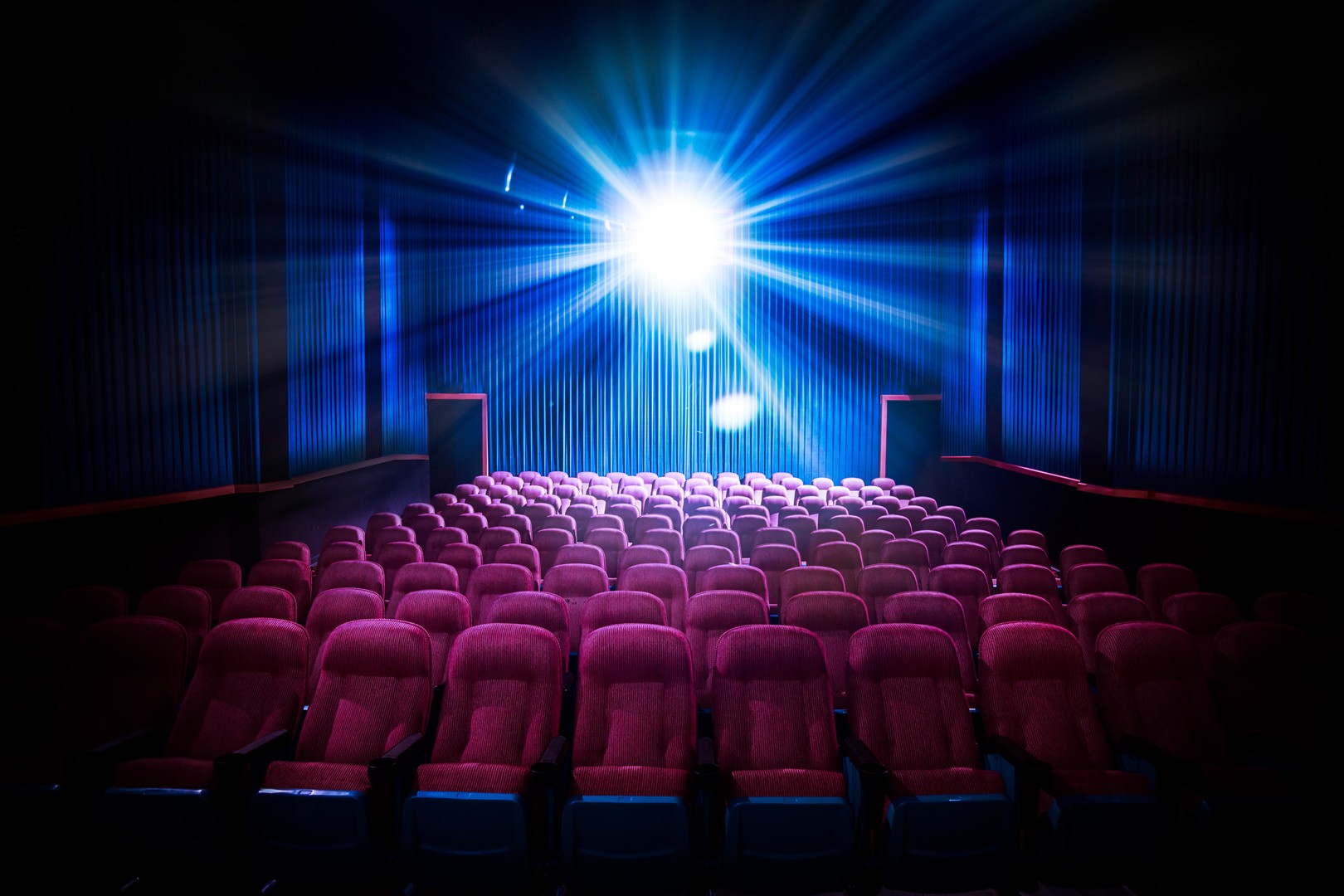

Home Security and Surveillance
How To Detect Night Vision Camera In A Theatre
Modified: March 6, 2024
Learn how to detect night vision cameras in a theater and enhance your home security and surveillance. Discover tips and techniques to safeguard your privacy and peace of mind.
(Many of the links in this article redirect to a specific reviewed product. Your purchase of these products through affiliate links helps to generate commission for Storables.com, at no extra cost. Learn more)
Introduction
Home security and surveillance play a vital role in ensuring the safety and protection of our loved ones and property. With advancements in technology, one of the most important aspects of a comprehensive security system is the ability to detect night vision cameras. These covert devices can pose a significant threat, especially in sensitive areas such as theaters where privacy is of utmost importance.
In this article, we will explore various methods for detecting night vision cameras and discuss effective countermeasures to prevent unauthorized surveillance. Whether you are a theater owner, manager, or simply a concerned individual, understanding and implementing these detection techniques will help safeguard against potential privacy breaches.
By employing a combination of visual inspection techniques, infrared camera detection, and radio frequency detection, you can significantly reduce the risk of unauthorized recording. Let’s explore these methods further.
Key Takeaways:
- Stay Vigilant
Detecting night vision cameras in theaters requires keen observation and the use of specialized tools like infrared scanners and RF detectors. Implementing security measures like regular sweeps and security cameras is crucial for maintaining a secure environment. - Protect Privacy
By combining visual inspection techniques with infrared and radio frequency detection, theater owners can proactively safeguard against unauthorized surveillance. Installing security cameras and considering cell phone signal jammers can further enhance security measures.
Read more: How To Detect A Night Vision Camera
Methods for Detecting Night Vision Cameras
When it comes to detecting night vision cameras, there are several effective methods that can be employed. These methods include visual inspection, infrared camera detection, and radio frequency detection. Let’s take a closer look at each of these techniques:
Visual Inspection
Visual inspection involves carefully examining the surroundings for any signs of hidden cameras. This method relies on keen observation and a thorough understanding of common hiding spots. Here are a few techniques that can be used during a visual inspection:
- Searching for Camera Indicators: Look for tiny LED lights or lens reflections that may indicate the presence of a camera. These indicators are often discreetly placed to avoid suspicion.
- Looking for Unusual Reflections: Pay attention to mirrors, glass objects, and shiny surfaces. Hidden cameras may produce unusual reflections that differ from the surrounding environment.
- Checking for Unusual Wires or Objects: Inspect the area for any suspicious wires or objects that seem out of place. Cameras may be disguised as everyday items, such as smoke detectors or wall clocks.
Infrared Camera Detection
Infrared cameras are commonly used in night vision devices, making them difficult to detect using visual inspection alone. However, there are specialized techniques that can help identify hidden infrared cameras:
- Using Infrared Scanners: These devices emit infrared light and can detect the infrared emission from cameras. By scanning the area, you may be able to locate hidden cameras that are otherwise invisible to the naked eye.
- Checking for Unusual Heat Signatures: Infrared cameras can generate heat signatures that differ from their surroundings. Using a thermal imaging camera, you can identify any potential hotspots created by hidden cameras.
Radio Frequency Detection
Radio frequency detection involves searching for electromagnetic signals emitted by wireless cameras. Here are a couple of methods to detect hidden cameras using radio frequency detection:
- Using RF Detectors: These devices can scan for radio frequency signals emitted by wireless cameras. By sweeping the area, you can identify any unusual signals that may indicate the presence of hidden cameras.
- Scanning for Unusual Frequency Signals: Wireless cameras typically transmit signals within a specific frequency range. By using a spectrum analyzer, you can search for frequencies that are not commonly found in the area, potentially indicating hidden cameras.
By combining these detection methods, you can enhance your chances of identifying night vision cameras in your surroundings. However, it is essential to note that no method is foolproof, and it’s always advisable to seek professional assistance if you suspect the presence of hidden cameras.
Read more: How To Fix A Night Vision Camera
Visual Inspection Techniques
Visual inspection is a fundamental method for detecting night vision cameras. It requires keen observation and a thorough examination of the surroundings. By employing visual inspection techniques, you can significantly increase your chances of identifying hidden cameras. Let’s explore some of these techniques:
Searching for Camera Indicators
One of the first steps in visual inspection is to look for camera indicators. These indicators are often subtle and designed to blend in with the environment. Here are some common camera indicators to keep an eye out for:
- LED Lights: Many cameras have small LED lights that emit a faint glow when in use. These lights are often designed to be inconspicuous, so look for any unusual light sources that seem out of place.
- Lens Reflections: Hidden cameras may produce reflections on lenses or glass surfaces. When conducting visual inspection, pay attention to mirrors, picture frames, and other reflective objects to spot any unusual reflections.
Looking for Unusual Reflections
Hidden cameras can be cleverly disguised or hidden in plain sight. One effective way to detect them is by looking for unusual reflections. Here’s how you can use reflections during visual inspection:
- Shiny Surfaces: Check for any unusual reflections on shiny surfaces, such as windows, mirrors, or metallic objects. Hidden cameras may create reflections that differ from the surrounding environment.
- Uncommon Reflection Directions: Take note of reflections that appear to be coming from an unexpected angle. This could be an indication that a camera is strategically placed to capture a specific area.
Checking for Unusual Wires or Objects
Hidden cameras are often disguised as harmless objects or concealed behind everyday items. By inspecting the area for any unusual wires or objects, you can uncover hidden cameras. Here’s what to look out for:
- Wires: Pay attention to any suspicious wires that seem out of place or are not connected to any visible devices. Hidden cameras may have discreetly placed wires to transmit the recorded footage.
- Unusual Objects: Examine the surroundings for objects that seem out of place or unnecessary. Hidden cameras can be disguised as everyday items like smoke detectors, wall clocks, or even stuffed animals.
Visual inspection techniques are an essential part of detecting night vision cameras. By carefully searching for camera indicators, looking for unusual reflections, and checking for unusual wires or objects, you can enhance your ability to identify hidden cameras. However, it’s important to remember that visual inspection alone may not be foolproof, and it’s always advisable to seek professional assistance if you have any suspicions.
Read more: How Bright Are Night Vision Cameras
Infrared Camera Detection Techniques
Infrared cameras are commonly used in night vision devices, making them difficult to detect using visual inspection alone. However, there are specific techniques that can help identify hidden infrared cameras. Let’s explore these infrared camera detection techniques:
Using Infrared Scanners
Infrared scanners are effective tools for detecting hidden infrared cameras. These devices emit infrared light and can detect the infrared emission from cameras, even if they are invisible to the naked eye. Here’s how you can use infrared scanners for detection:
- Scan the Area: Start by scanning the surroundings using an infrared scanner. Move the scanner around the room, focusing on areas where a hidden camera might be positioned, such as corners, ceiling junctions, or behind objects.
- Look for Infrared Emission: Infrared cameras emit infrared light, which can be detected by the scanner. Keep an eye out for any unusual infrared emission that may indicate the presence of a hidden infrared camera.
Checking for Unusual Heat Signatures
Infrared cameras can generate heat signatures that differ from their surroundings. By using a thermal imaging camera or an infrared thermometer, you can identify any potential hotspots created by hidden infrared cameras. Here’s how to utilize this technique:
- Scan for Temperature Differences: Use a thermal imaging camera or an infrared thermometer to scan the area for any temperature variations. Pay attention to areas that appear significantly hotter or colder than their surroundings, as this may suggest the presence of a hidden infrared camera.
- Focus on Suspicious Areas: Concentrate on areas where a hidden camera could be more likely to be concealed. For instance, check behind objects, inside vents, or near electrical outlets, as these are common hiding spots for covert surveillance devices.
Infrared camera detection techniques provide an additional layer of security by allowing you to uncover hidden infrared cameras. By using infrared scanners to detect infrared emission and checking for unusual heat signatures, you can increase your chances of identifying covert surveillance devices. It’s important to note that infrared camera detection should be used in combination with other detection methods to ensure comprehensive coverage.
Radio Frequency Detection Techniques
Radio frequency detection is a valuable method for identifying hidden cameras that transmit signals wirelessly. By scanning for radio frequency signals, you can detect the presence of radio frequency (RF) devices, including wireless cameras. Let’s explore two primary techniques for radio frequency detection:
Read more: How To Blind A Night Vision Camera
Using RF Detectors
RF detectors are electronic devices specifically designed to detect and locate radio frequency signals. These detectors can scan the environment for RF emissions, helping you identify hidden cameras. Here’s how to use RF detectors for detecting wireless cameras:
- Scan the Area: Begin by turning on the RF detector and scanning the area where you suspect hidden cameras may be present. Move the detector around the room, paying close attention to areas where wireless cameras could be concealed, such as bookshelves, wall outlets, or behind furniture.
- Detect Unusual RF Signals: RF detectors will alert you to the presence of RF signals. Look for any unusual signals that do not correspond to known devices in the area, as this may indicate the presence of hidden wireless cameras. Additionally, some advanced RF detectors may provide visual or audio feedback to make it easier to pinpoint the source of the signal.
Scanning for Unusual Frequency Signals
Hidden cameras typically transmit signals within a specific frequency range. By using a spectrum analyzer, you can scan for frequencies that are not commonly found in the area, potentially indicating the presence of hidden cameras. Here’s how to utilize this technique:
- Setup Spectrum Analyzer: Set up the spectrum analyzer device and configure it to scan for frequencies within the desired range. Ensure that the analyzer is set to capture a wide frequency range to increase the chances of detecting unusual signals.
- Scan for Unusual Frequencies: Begin scanning the area with the spectrum analyzer, paying attention to any frequencies that stand out or differ from the typical signals present in the surrounding area. Unusual frequency signals may suggest that there are hidden cameras transmitting in those frequency ranges.
By utilizing radio frequency detection techniques with the help of RF detectors and spectrum analyzers, you can identify hidden cameras that transmit signals wirelessly. It’s important to note that RF detection should be used as part of a comprehensive security strategy along with other detection methods for maximum effectiveness.
Countermeasures and Prevention Techniques
While detecting night vision cameras is essential, it’s equally important to implement effective countermeasures and prevention techniques to ensure maximum security. By proactively taking steps to deter unauthorized surveillance, you can minimize the risk of privacy breaches. Here are some crucial countermeasures and prevention techniques to consider:
Installing Security Cameras
One effective method to counter unauthorized surveillance is to install security cameras in strategic locations. These cameras act as a deterrent and can help capture any suspicious activities. When installing security cameras, consider the following:
- Strategic Placement: Position the security cameras in areas where they can provide broad coverage, including entrances, exits, lobbies, and auditoriums. This will help monitor and deter any potential attempts at installing hidden cameras.
- High-Quality Resolution: Ensure that the security cameras have high resolution and low-light capabilities to capture clear and detailed footage, even in low-light conditions.
- Remote Monitoring: Opt for security cameras that offer remote monitoring capabilities so you can keep an eye on the premises in real time from a centralized location.
Read more: How To Make A Night Vision Camera
Conducting Regular Sweeps
Regular sweeps of the premises are crucial to detect and identify any hidden cameras that may have been installed. Schedule routine inspections to maintain a proactive approach to security. Here’s what you should keep in mind during these sweeps:
- Thorough Inspection: Conduct a comprehensive visual and technical inspection of the entire theater, including backstage areas, dressing rooms, restrooms, and projection rooms.
- Use Detection Techniques: Employ techniques such as visual inspection, infrared camera detection, and radio frequency detection as discussed earlier in this article to ensure an effective sweep.
- Contact Professionals: If you suspect the presence of hidden night vision cameras or are unsure about certain areas, consider consulting with security professionals who specialize in surveillance detection.
Implementing Cell Phone Signal Jammers
As an additional preventive measure, consider implementing cell phone signal jammers within the theater premises. Cell phone signal jammers can disrupt wireless communication signals, preventing unauthorized recordings and transmission of audio or video. However, it’s important to note that the use of cell phone signal jammers may be subject to legal restrictions and should be used in compliance with local regulations.
It’s crucial to establish a comprehensive security plan that combines the installation of security cameras, regular sweeps, and possibly the use of cell phone signal jammers to deter and prevent unauthorized surveillance in theaters. By employing these countermeasures and prevention techniques, you can enhance security, protect privacy, and provide peace of mind to both staff and audience members.
Conclusion
Protecting privacy and ensuring security in theaters requires a proactive approach to detecting and preventing unauthorized surveillance. Night vision cameras pose a significant threat, as they can be challenging to detect with the naked eye. However, by utilizing various detection methods and implementing effective countermeasures, you can significantly increase the security of your theater.
Visual inspection techniques, including searching for camera indicators, looking for unusual reflections, and checking for unusual wires or objects, form an important first line of defense against hidden cameras. By carefully examining the surroundings, you can spot potential signs of hidden surveillance devices.
Infrared camera detection techniques, such as using infrared scanners and checking for unusual heat signatures, provide an additional layer of security. These methods allow you to uncover hidden infrared cameras that emit infrared light or generate distinct heat signatures.
Radio frequency detection techniques, including the use of RF detectors and scanning for unusual frequency signals, help identify hidden wireless cameras that emit radio frequency signals. By sweeping the area and detecting unusual RF emissions, you can expose covert surveillance devices.
However, detection alone is not enough. Implementing countermeasures and prevention techniques is crucial for maintaining a secure theater environment. Installing security cameras strategically throughout the premises acts as a deterrent and helps capture any suspicious activities.
In addition, conducting regular sweeps, combining visual inspection techniques with infrared camera detection and radio frequency detection, ensures ongoing surveillance detection. By staying vigilant and conducting routine inspections, theater owners and managers can identify and address any potential privacy breaches promptly.
Lastly, implementing cell phone signal jammers can provide an additional layer of prevention by disrupting wireless communication signals within the theater premises. However, it is important to consider the legal implications and ensure compliance with local regulations when using such devices.
In conclusion, protecting theater privacy and security requires a multi-faceted approach. By utilizing detection methods, implementing countermeasures, and conducting regular inspections, you can significantly reduce the risk of unauthorized surveillance. Remember, privacy is a fundamental right, and by taking proactive steps, you can create a safe and secure environment for everyone who enters your theater.
Frequently Asked Questions about How To Detect Night Vision Camera In A Theatre
Was this page helpful?
At Storables.com, we guarantee accurate and reliable information. Our content, validated by Expert Board Contributors, is crafted following stringent Editorial Policies. We're committed to providing you with well-researched, expert-backed insights for all your informational needs.
